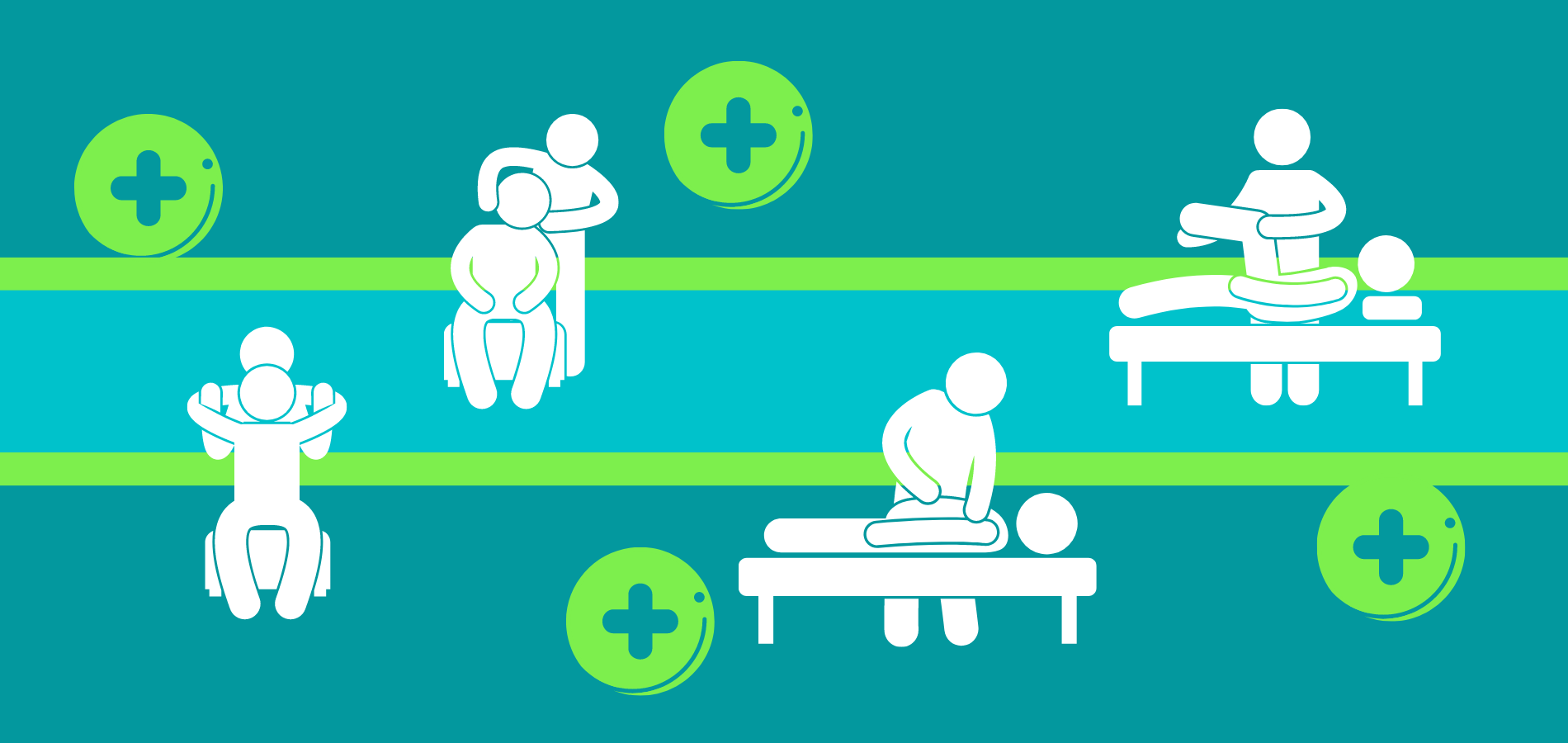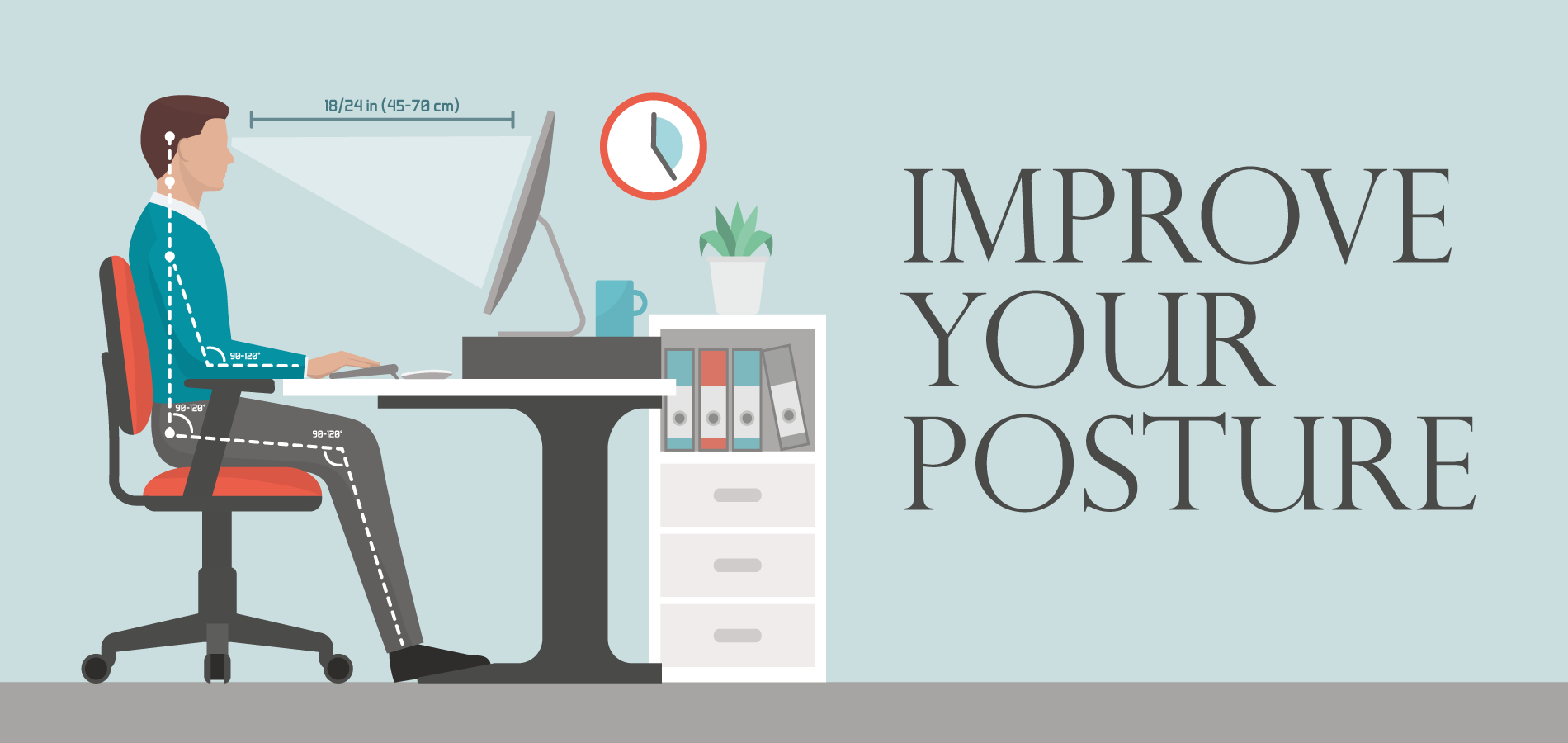Just as food and nutrition can play a part in managing certain health conditions, so too can exercise. Kinesiotherapists operate on the premise that movement is medicine.
Kinesitherapy involves the use of prescribed exercises to treat pathology, reach fitness goals, or optimize ergonomics for occupational health. So, if you're dealing with a specific condition or sporadic discomfort, a kinesiotherapist can show you how to gain strength and mobility and reduce or prevent pain.
What Does a Kinesiotherapist Do?
Practitioners have clinical experience and are experts in rehabilitative physical activity. They educate patients and develop science-based rehab programs that focus not just on the problem area but on the body as a whole. These programs take factors such as age, lifestyle, and comorbidities into consideration.
With the assistance of a kinesiotherapist, you should be able to reduce pain and, in some cases, get rid of pain altogether.
Kinesitherapy Exercises
Experienced kinesiotherapists can draw from hundreds of potential exercises to tailor a program for you and your needs. From stabilization exercises for the cervical spine to banded isometric knee extensions to address knee pain, there are endless combinations for individual concerns.
Kinesitherapy Instruments
Often, patients can improve with the use of simple tools you might find in a home gym. Rehab equipment can include the likes of kettlebells, resistance bands, and Swiss balls.
Some kinesiotherapists also have access to more complex instruments such as motion capture technology and machines for EMG analysis, and computerized balance testing.
Kinesiotherapist vs Physical Therapist
In some countries, the words kinesiotherapist and physical therapist (PT) are used interchangeably. In Canada, the term kinesiologist is also used interchangeably with kinesiotherapist depending on where you live.
To confuse matters even more, there is a pseudoscientific field called applied kinesiology which focuses on balancing energy pathways. Many health organizations have dismissed applied kinesiology as a form of legitimate healthcare.
Here are the key differences between the two recognized disciplines of physical therapy and kinesitherapy.
Kinesiotherapist
Kinesiotherapists require a four-year bachelor's degree in Kinesiology. To practice as a Registered Kinesiologist in Ontario, you have to pass a regulated exam. This law does not apply to other provinces.
Kinesiologists don't make diagnosis.
Physical Therapist/Physiotherapist
Physiotherapists have an additional two years of post-graduate training in Physiotherapy. They're able to make a diagnosis upon consultation and use massage therapy in addition to exercise prescription. A PT usually works in a hospital setting.
If you've been recently injured, then a physio should be your first port of call. Kinesiotherapists can help you when you're further along your recovery journey.





